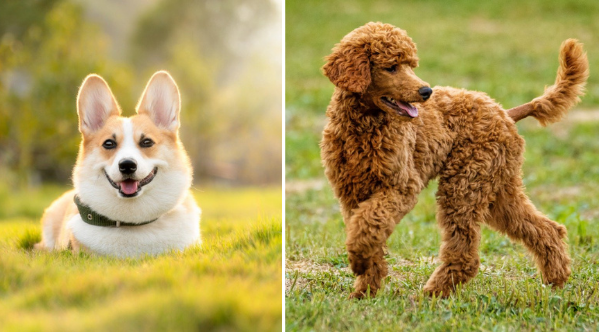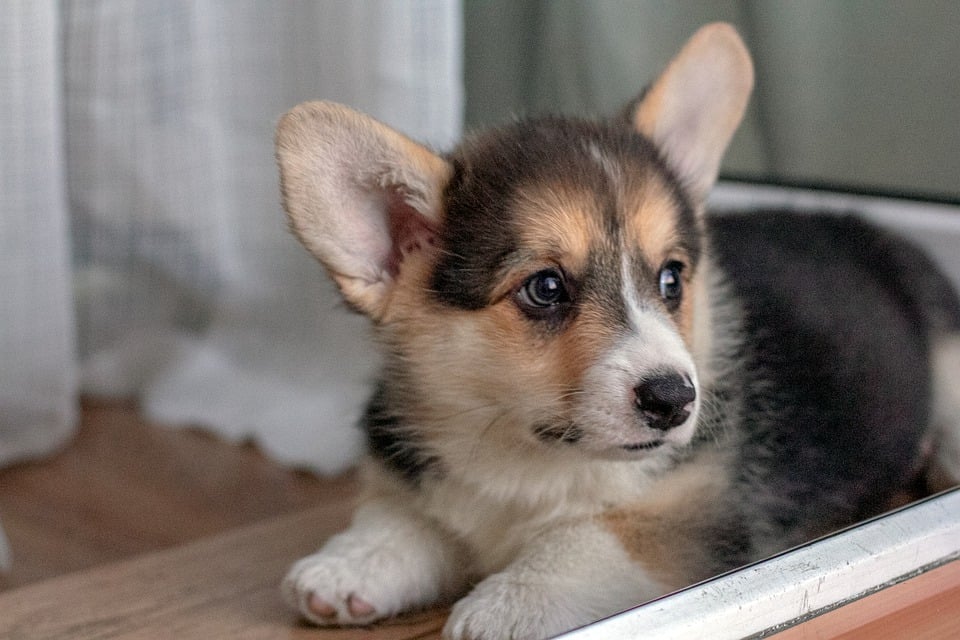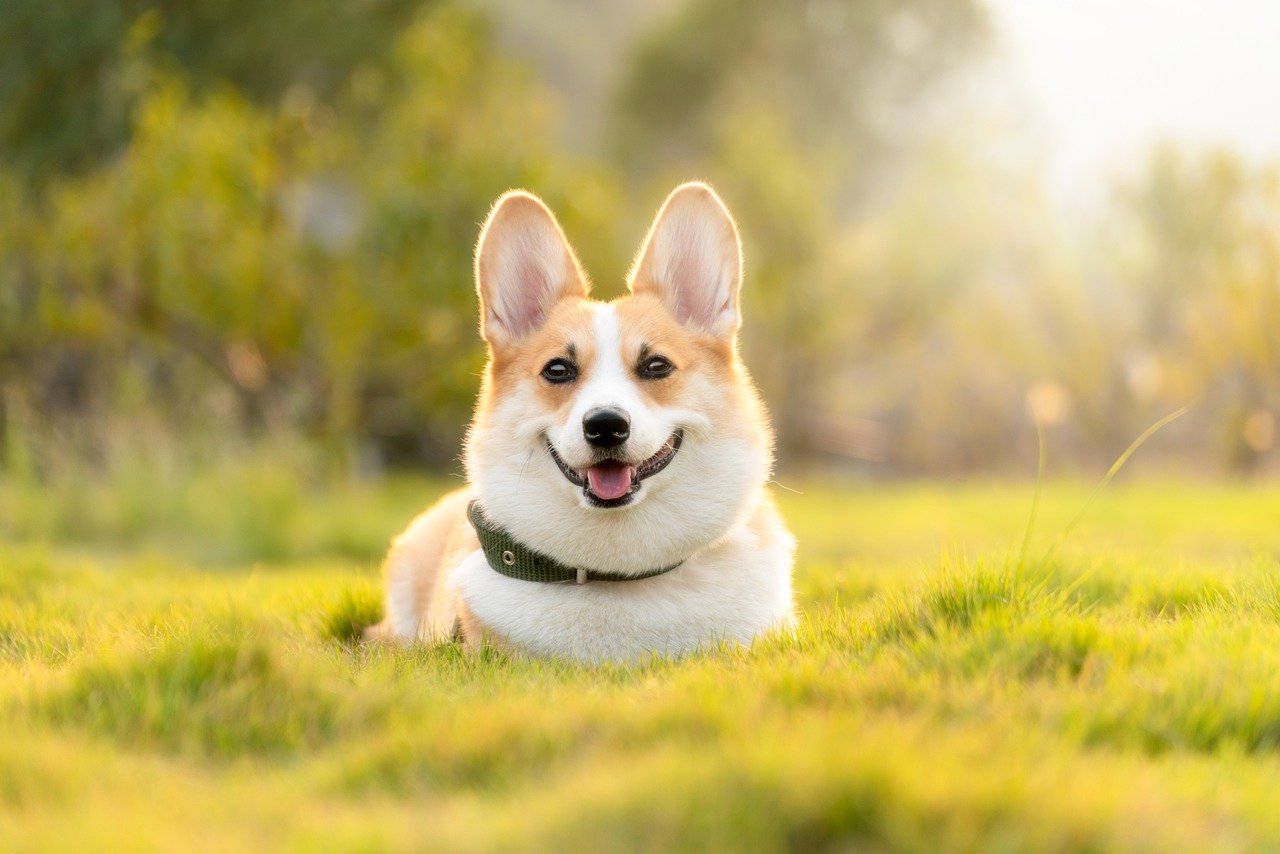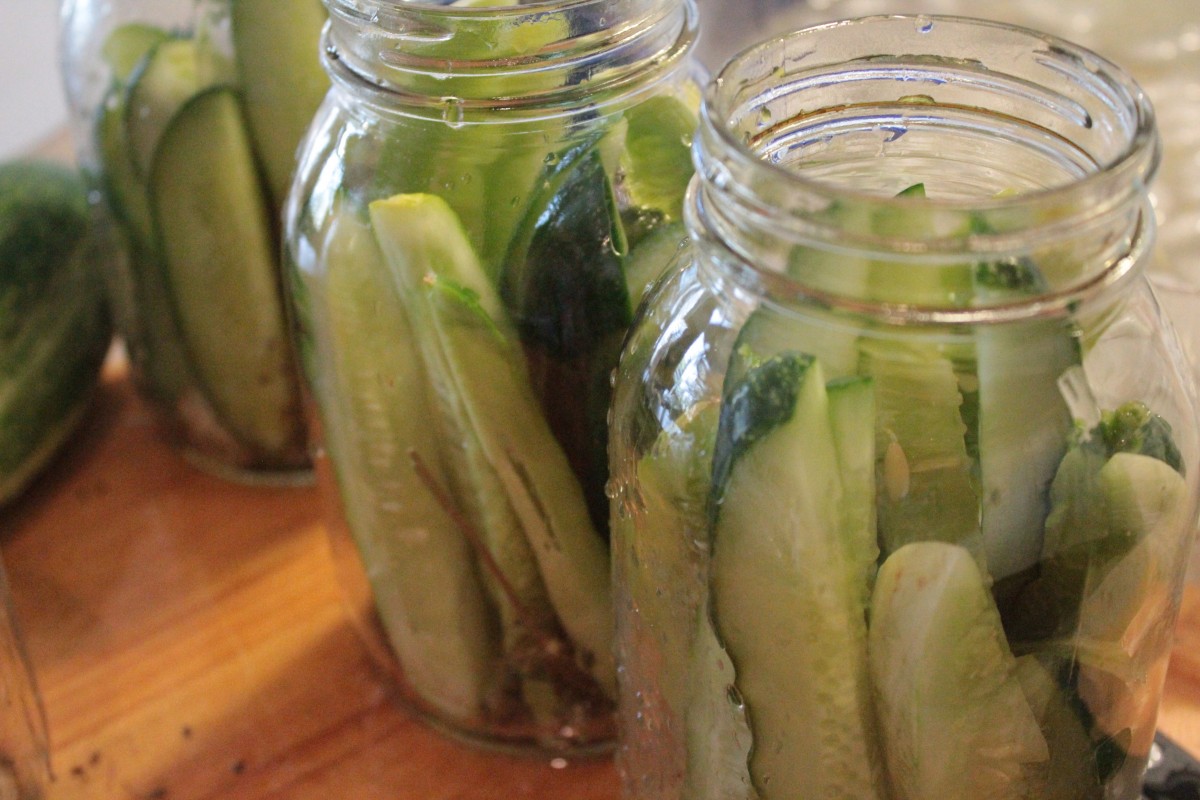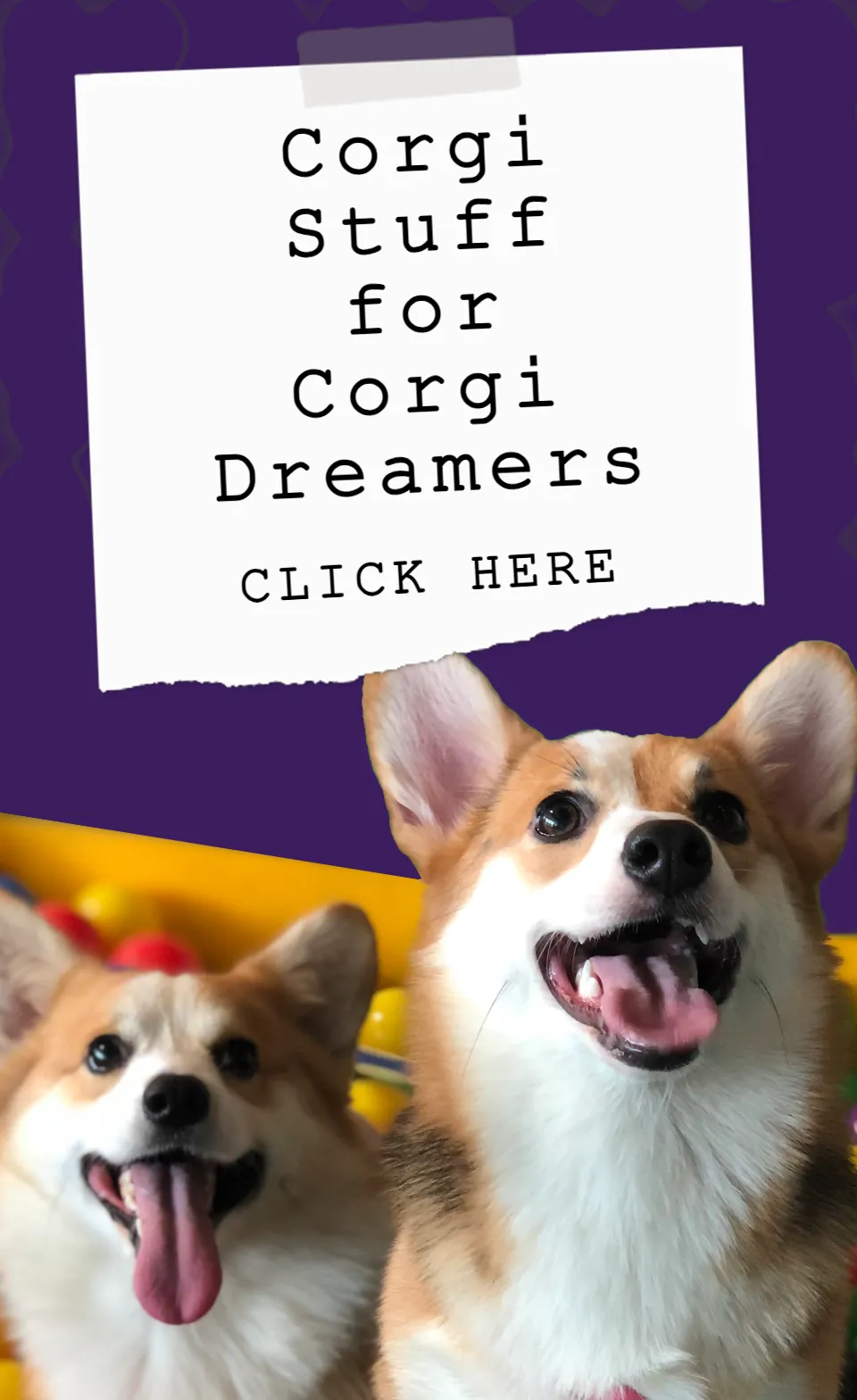Where Do Corgis Come From?
Have you ever wondered where those adorable, fluffy Corgis originally came from? What’s the story behind their cute short legs and big, perky ears? Let’s dig into the captivating history of everyone’s favorite pups!
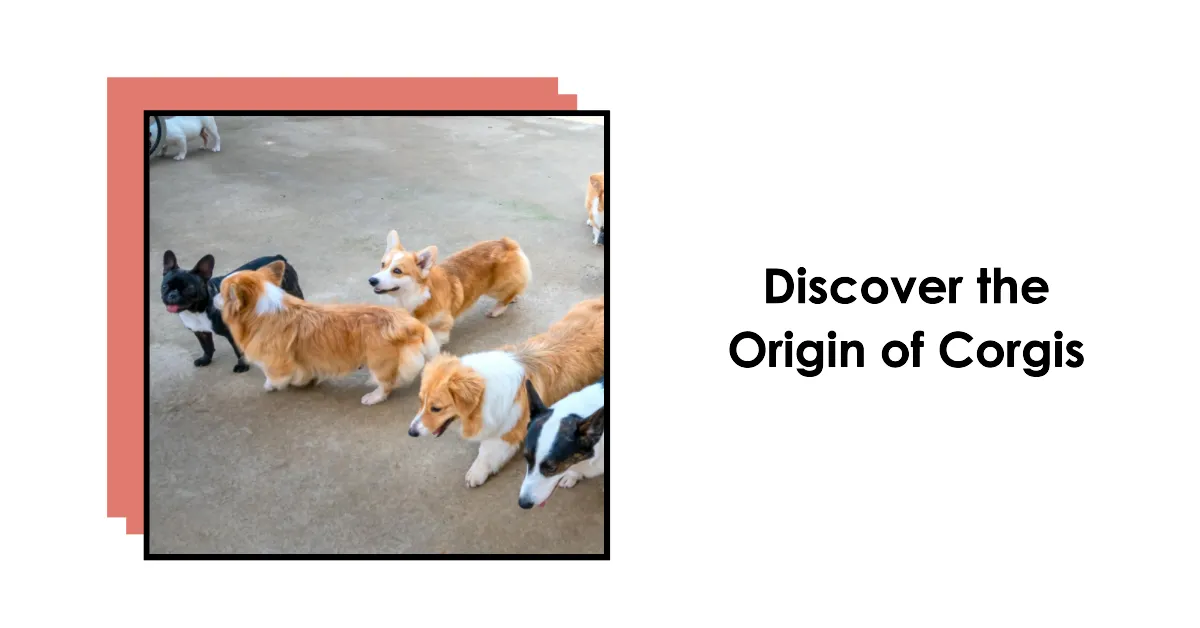
The Mysterious Welsh Roots of Corgis
Corgis have intrigued dog lovers for ages with their unique appearance and lively personality. But most don’t know that these pets emerged from the misty, emerald hills of Wales centuries ago.
Although their exact origins remain shrouded in mystery and folklore, there are a few pivotal moments in history that shaped these distinctive dogs into the breeds we cherish today. From fabled gifts of fairies to the farmyards of Pembrokeshire, the history of Corgis is as magical as the creatures themselves.
Did Corgis Really Come from Fairies?
According to Welsh folktales, the Pembroke Welsh Corgi was a gift from woodland fairies known as the “Twlwyth Teg” and used as steeds for fairy warriors. These myths claim the dogs arrived in Pembrokeshire around the 10th century when the fairies grew frustrated with cattle trampling their forest dwellings.
The legends say the fairies presented the farmers with the short-legged dogs to gently herd the cattle away from sacred fairy paths. Their closeness to the earth made them agile around livestock hooves. The fairy dogs charmed the farmers and were welcomed into Welsh homes.
These fantastical stories reveal the whimsy and lore surrounding Corgis in early Welsh culture. But did Corgis really originate from the realm of fairies? Or do they have more worldly beginnings?
Corgis and the Celts: A 3,000-Year-Old Bond
While folktales may not reflect reality, historians do believe the ancestral Cardigan Welsh Corgi arrived on Welsh soil over 3,000 years ago with Celtic tribes migrating from Central Europe.
The ancient Celts relied on the working dogs to protect and manage their livestock. Their low-set bodies allowed them to stealthily circle large cattle and sheep.
Corgis bravely followed the Celts’ trail through England into the rugged Welsh countryside. The dogs proved indispensable for farming and were highly valued for their unwavering loyalty.
Some believe the Cardigan Welsh Corgis' suspicion of strangers stems from those early days guarding Celtic settlements from harm. Their protective instincts were a tremendous asset for early herders and farmers.
Viking Raiders and Swedish Vallhunds
Not all think the Cardigan shares the same ancient roots as the Pembroke Welsh Corgi. Some theorize Vikings brought the Swedish Vallhund to Wales between the 9th and 11th centuries.
The Swedish Vallhund is an old Nordic breed that shares similarities with Corgis, like their fox-like heads, short legs, and energetic disposition. During Viking conquests of Britain, they may have brought herding dogs that later bred with local Welsh dogs.
This infusion of Nordic canine DNA would have contributed to the Pembroke Welsh Corgi’s emergence. The Pembroke does resemble the Swedish Vallhund more than the Cardigan today. But this theory remains unproven.
Ultimately, historians disagree about whether the two Corgi breeds share one common ancestor or arose independently. But what’s undisputed is these hardy herding dogs flourished alongside the Celts in Wales for countless generations.
Corgis Capture Hearts in Pembrokeshire
The Pembroke Welsh Corgi became closely entwined with Welsh cultural identity once farmers realized their stellar qualities as herding dogs in the county of Pembrokeshire. Let's explore how they transitioned from fairy tales to farmyards.
Expert Cattle Herders of Wales
By the 12th century, the Pembroke Welsh Corgi was vital for moving cattle to market and patrolling pastures in Pembrokeshire. Their closeness to the earth made them adept at maneuvering between the hooves and heels of livestock unharmed.
Nipping heels and circling widely, they could control huge herds through their expert herding instincts. Farmers noticed their energetic, tireless work ethic as well as loyalty to their masters.
Pembrokes became known as the most useful dogs you could have by your side on the farms of Pembrokeshire. As herding faded, they transitioned into beloved family companions thanks to their cheerful and affectionate nature.
Corgi Numbers Decline and Rebound
But the Corgi faced challenges in the 20th century due to a declining demand for herding dogs. As agriculture practices changed, their numbers dwindled, and it was feared they would vanish completely.
Eager fanciers formed clubs for both the Pembroke and Cardigan breeds to preserve the beloved Corgis. In 1934, recognition by the English Kennel Club boosted their popularity as endearing pets.
Queen Elizabeth further thrust Corgis into the spotlight by surrounding herself with numerous Pembroke Welsh Corgis throughout her reign. She increased their fame worldwide beginning in the 1940s.
Thanks to committed breeders and high-profile fans like the Queen, Corgis rebounded after almost fading away. Today they thrive as one of the world’s favorite small dog breeds.
The Distinct Traits of Corgi Breeds
Now that we’ve explored some of the mysterious history surrounding Corgi origins, let’s examine what defines these breeds and sets them apart. Though they seem similar, the Cardigan vs. Pembroke Corgi have some distinct characteristics.
Tail Tell-Signs: Pembroke vs. Cardigan
Many don’t realize tail differences provide a quick way to tell the Corgi breeds apart. The Cardigan boasts a long tail, whereas the Pembroke has a signature stubby nub or completely docked tail.
Pembroke tails were historically docked to prevent injury while herding. But due to ethical concerns, this practice is declining. Some breeders now allow natural bobtails. Either way, the Pembroke tail is one of its trademarks.
Cardigan tails are long, adjusting to their body length. These expressive, fox-like tails with white tips make the Cardigan easier to distinguish from their Pembroke cousin. They serve as a beautiful rudder when herding.
Heads and Ears: Subtle Variances
Their adorable heads are another noticeable difference between the cousins. The Cardigan head is more rounded at the skull, but the Pembroke has a flat skull with more of a foxy face.
Cardigan ears are also larger and more rounded compared to the Pembroke’s medium-sized pointed ears. They tilt forward to listen attentively. Pembroke ears erect into a triangle shape perked for action.
Both have alert, lively expressions. But the Pembroke face has defined chiseling with alert, slightly almond-shaped eyes. The Cardigan has softer, more open features that contribute to its cuddly look.
Temperament and Size: Personality Variances
Though cousins, the breeds have slightly different personalities stemming from their histories. Cardigans tend to be more independent and reserved compared to the outgoing, eager-to-please Pembrokes.
Pembrokes love being active family dogs while Cardigans are alert watchdogs who bond closely with one owner. But Corgis are both highly intelligent and eager to learn.
Size is another distinction. Cardigans weigh around 30 pounds compared to the Pembroke’s 24 pounds. Though both are “dwarf” dogs, Cardigans have stockier bone structure and thicker coats for rugged farm life.
No matter their subtle differences, Pembrokes and Cardigans are both spunky and affectionate. But recognizing their unique characteristics helps match potential owners with the right energetic little Corgi.
Corgis Capture the Spotlight and Our Hearts
Corgis have transitioned from fairy steeds and farmyard helpers to become literal celebrities. What is it about these quirky short-legged pups that makes them star in pop culture and steal so many hearts?
Hollywood Hype: Corgis on the Silver Screen
Corgis first leapt into the limelight in the 1956 Disney classic The Hundred and One Dalmatians. Queenie the Corgi charmed audiences as a loyal companion. Soon corgis were coveted as delightful family pets.
The popularity exploded when Ein was introduced on Cowboy Bebop in the late 1990s. Ein traveled through space with the bounty hunters, showcasing corgi intelligence and adaptability.
Corgis continue appearing across media today, from online comics like Einshine’s Corgi Adventures to TV ads. Fluffy Pembrokes steal scenes, highlighting their endearing nature.
Corg-Mania on the Internet
The online world has fallen hard for Corgis thanks to their photogenic faces and ability to mimic human movements. Instagram abounds with Corgis sporting costumes, snuggling with cats, and balancing items on their heads.
These comical photos and videos showcasing their personalities went viral on Tumblr, Reddit, and TikTok. A Facebook group called “Corgi memes” has over 600k followers obsessed with all things Corgi. They’ve become an internet phenomenon.
Even Google got in on the trend by featuring energetic Corgis on their homepage. Corgi GIFs and emojis are readily available so anyone can share their passion for these quirky canines.
The Queen’s Royal Corgis
No one has shone the spotlight on Corgis like Queen Elizabeth II. The Pembroke Welsh Corgi was her treasured breed throughout her 70-year reign. She owned over 30 during her lifetime!
Her first Corgi, Susan, was gifted on her 18th birthday in 1944. Elizabeth was instantly enamored with the breed’s playfulness and spirit. She decided no other dog would do.
Features in magazines like Vanity Fair increased their visibility worldwide. The Queen's Corgis traveled with her, slept in her room, and she even bred them herself.
This high-profile patron amplified global love for the breed. Thanks to the Queen, Pembroke Welsh Corgis will always have an elite, royal association cementing their celebrity status.
Why We Adore Corgis
But why do these perky pups attract so much affection? There are a few reasons Corgis stand out from the canine crowd.
First, their unique look sparks curiosity. Their tiny legs combined with a robust body captures attention and inspires memes. They always put a smile on people’s faces.
Corgis also have exuberant personalities. Their playfulness and readiness for adventure makes them the life of any party. They juggle roles as loyal companions and cute clowns with ease.
Finally, Corgis are herding dogs, which means they actively seek bonding and engagement. They thrive on pleasing their owners and constantly staying busy. They are the ultimate extroverted canine.
No wonder the trainer of the Queen’s Corgis called them not just a dog, but a family member, a friend, a soulmate. Their magnetic charm means they will keep stealing hearts for generations to come.
Bringing a Corgi Home: Tips for New Owners
Does learning about the captivating history of Corgis make you eager to add one of these lively dogs to your home? Here are some tips to prepare for a happy life with your new furry friend.
Understanding the Commitment
While their petite size is deceiving, Corgis have energy levels on par with much bigger dogs. Pembrokes and Cardigans need roughly 60 minutes of exercise daily and ample time to play.
They thrive when given jobs or vigorous activities like herding, agility courses, or hiking. Bored Corgis may develop undesirable behaviors like incessant barking. An active lifestyle helps them flourish.
Corgis also crave lots of quality time and affection from their owners. They expect to participate in family activities and snuggle up close at night. Leaving them alone frequently will make them distressed and destructive.
Make sure your family has ample time for training, exercising, and bonding to keep a Corgi mentally and physically stimulated. If so, they will repay you with unconditional love.
Training Tips for Smart Pups
Early socialization and training is key for shaping cheerful and well-adjusted Corgi behavior. Expose your puppy gently to new sights, sounds, places, and people. Reward calm responses.
Use positive reinforcement like praise or treats to motivate them during training. Corgis aim to please but can have an independent streak. Stay patient and keep sessions upbeat and varied.
Teach polite walking skills right away since Corgis love to pull on leash. Harness any herding instincts into agility or tricks to exercise their bodies and minds. Proper outlets for energy and intelligence prevents issues.
Consider professional training if needed, especially for behaviors like barking or chasing small pets. Their strong instincts require patient, consistent guidance best provided by trainers.
Adapting Your Home
You may need to corgi-proof your home to keep them safe. Secure any poisonous houseplants or medications since Corgis explore with their mouths.
Supervise young children to avoid injuries from excited herding behavior. Provide plenty of sturdy toys so shoes and furniture are spared! Manage interactions with small pets like guinea pigs.
Accommodate their short legs with ramps to furniture and ensure they can’t access high balconies or rooftops unsupervised. Corgis can easily injure their backs if they jump down from tall heights.
Overall, adapt your home for their curious and energetic nature. With some preparation, you can create an enriching environment where your Corgi will thrive.
Enjoy the Ride!
Corgis do demand commitment. But living with these charismatic dogs is tremendously rewarding. Once you put in the initial effort to shape good habits, you’ll reap a lifetime of unwavering companionship.
Their playful antics and enthusiastic spirit will add joy to your days. Watching their intelligence blossom through training is a wonder. Corgis make every activity, from hikes to errands, brighter.
Embark on this journey with realistic expectations, patience, and preparation. Soon, like so many through history, you’ll be won over by the Pembroke or Cardigan Corgi’s lovable charm and have a devoted best friend by your side.

